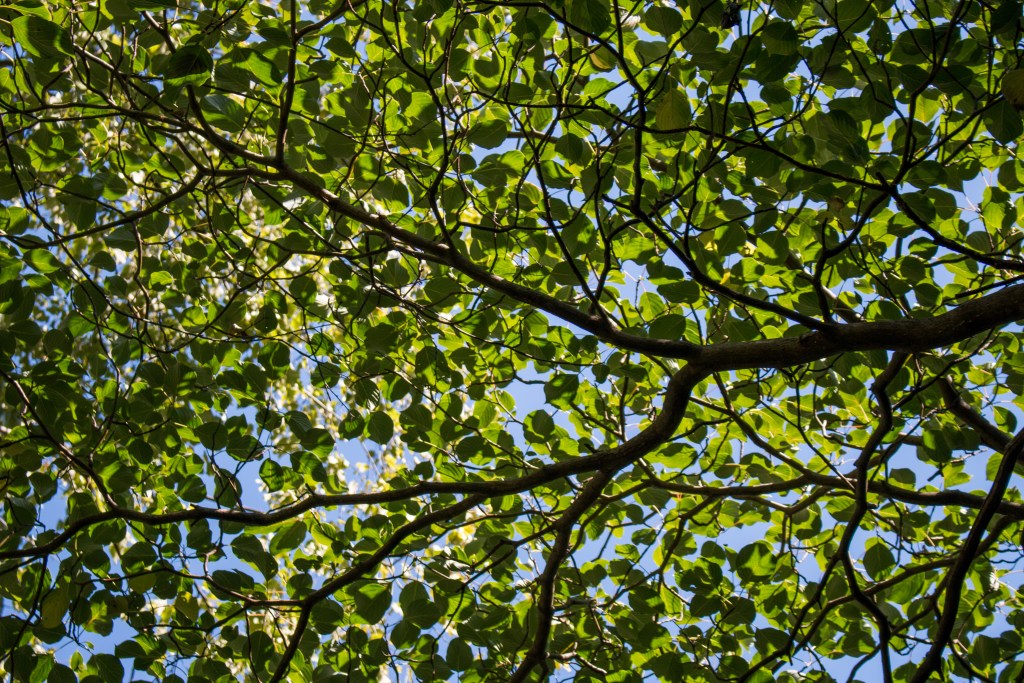The perfect time to plant a tree was twenty years previously. The second biggest time is now.
-Anonymous
Addendum: That is, besides the tree will develop merely implausible with out your help or the tree doesn’t truly belong there. In that case, the best time might be not at all.
Planting a tree is rejuvenating. It’ll get you exterior, it’s good practice, and it’s often good for the planet. Truly, timber give us an horrible lot and don’t ask for lots in return. Amongst their many presents are meals, shade, animal habitat, setting up provides, erosion administration, and gasoline. Timber moreover filter our water and suck carbon out of the air. In cities, timber accumulate grit and dust that will in every other case coat our lungs.
Nevertheless tree planting should not be the equivalent as restoration. Ecological restoration is the strategy of aiding the restoration of a damaged ecosystem. Timber are integral to many ecosystems, like forests, nonetheless to others they’re typically unwelcome. The connection between timber and restoration is one factor just like the connection between fire and cooking. In the perfect context, the one might be very useful for the other. Inside the incorrect context, it is going to in all probability make for an precise disaster.

Proper right here’s an occasion of timber getting in one of the simplest ways of restoration. In Missouri, glades are one amongst our attribute ecosystems; they’re rocky, open areas with sparse timber and quite a few herbs like coneflowers, evening primrose, and quite a few goldenrods. In some strategies, they’re like mini deserts, and loads of of them even have cacti and collared lizards. Glades are saved tree-less for just a few causes. First, the soil is just too skinny and dry to assist many timber. Second, fires burn small timber and protect them from rising better.
Historically, many Missouri glades had been maintained by fires started by indigenous people. With out fire, japanese crimson cedar timber come into glades, and as they develop their shade makes the habitat harmful for light-loving herbs. Staff at Shaw Nature Reserve have made an unlimited effort to revive glades by eliminating crimson cedar timber. They’ll’t decrease them down fast enough. The outcomes are spectacular. In some areas the place japanese crimson cedar timber had been eradicated, native plant vary elevated by 19% in two years.

Shaw Nature Reserve isn’t alone in battling timber to revive ecosystems. All by way of the world, many biodiverse grasslands, savannas, and woodlands are threatened by tree colonization, and the place of restoration is to remove them, or as a minimum not plant additional of them. Planting timber in such places does far more harm than good.
Alternatively, planting the perfect tree in the perfect place on the correct time might be terribly useful. For example, in southern Costa Rica big areas of rain forest have been decrease down and remodeled to cattle pastures. Whereas cattle ranching provides income for a lot of people, it moreover causes soil erosion and compaction. Usually cow pastures can develop once more into rain forest on their very personal, and that is preferrred. If rain forest grows once more by itself it is cheaper and further pure.

In several situations, timber do not develop once more quickly (or the least bit) and tree planting can help kick start forest restoration. Even small clusters of planted timber can enchantment to native birds, enhance seed dispersal, and create safe rising conditions for youthful timber. Planting timber may even create habitat for various species that depend upon timber – akin to orchids, bromeliads, and completely different vascular epiphytes. Tree planting is particularly necessary for ecological restoration in harsh environments the place timber don’t get many prospects to develop up, akin to in dry, coastal Peru or in highland Madagascar.
In ecological restoration, which tree species you plant moreover makes an unlimited distinction. Usually, native timber current an excellent larger ecological return on funding compared with non-native timber. One motive for that’s that native timber assist additional bugs, which might be a meals staple for our native birds. Some native timber (akin to fig timber in Costa Rica) moreover make tasty fruits that might enchantment to wildlife.
So should we plant timber to revive ecosystems?
Sooner than we do, proper listed below are some issues we should all the time take into consideration:
(1) Do pure ecosystems in our area embody timber? If not, tree planting might do additional harm than good.
(2) Are timber able to recuperate on their very personal with out our help? If that is the case, we’d have the ability to save ourselves some effort by letting nature do the work.
(3) Which tree species will fulfill our targets? Deciding on the right tree for the perfect place will help us attain our targets additional successfully.
Further learning To be taught additional about timber and ecological restoration, take a look at some present posts on Pure Historic previous of Ecological Restoration, or this present article in The Dialog.
Leighton Reid -Assistant Scientist, Center for Conservation and Sustainable Progress
